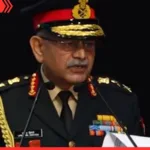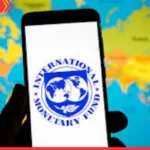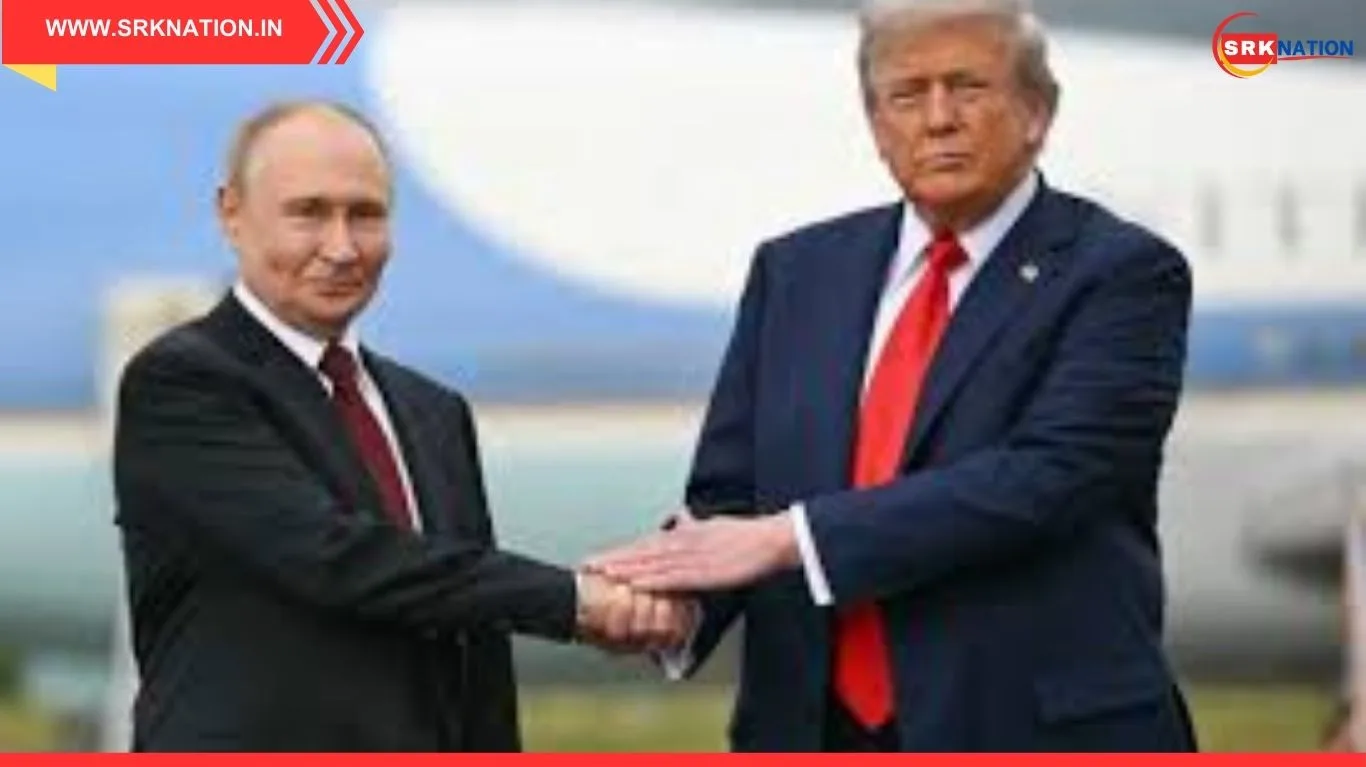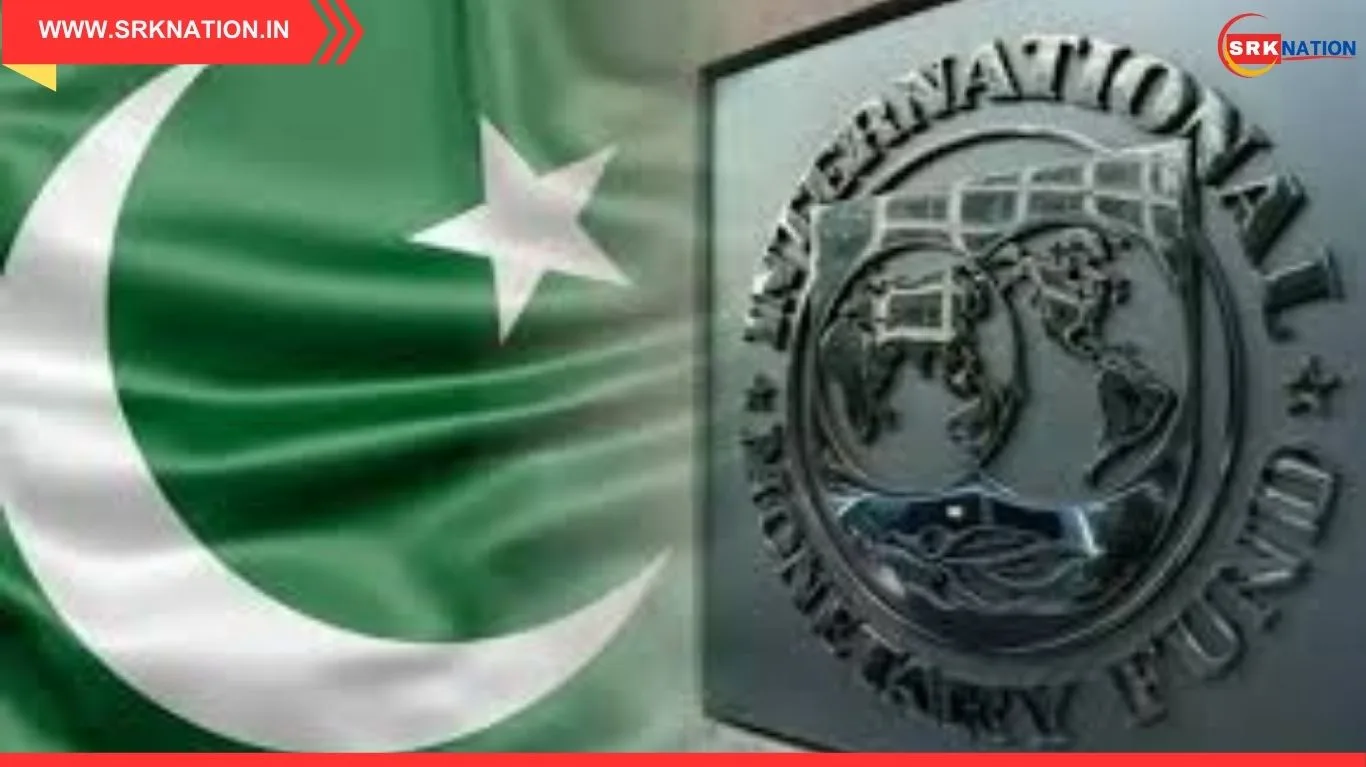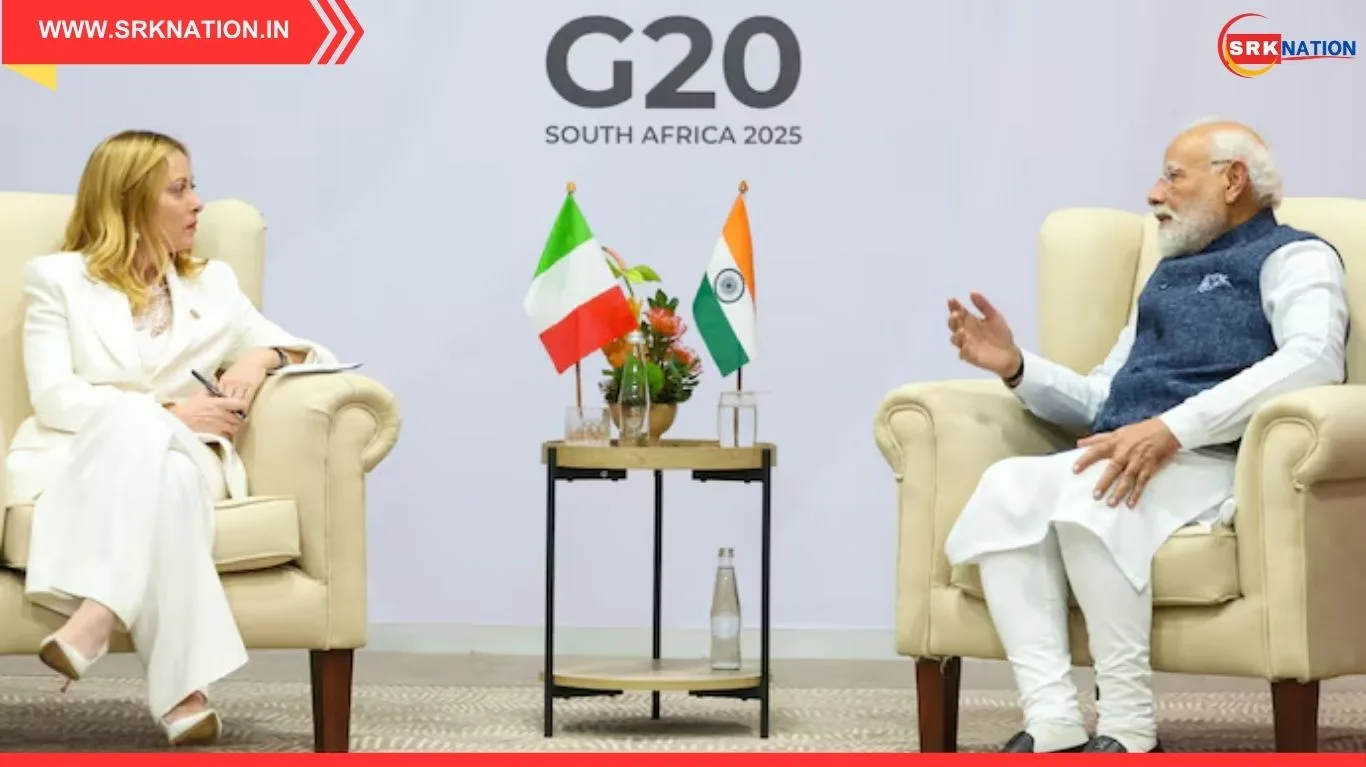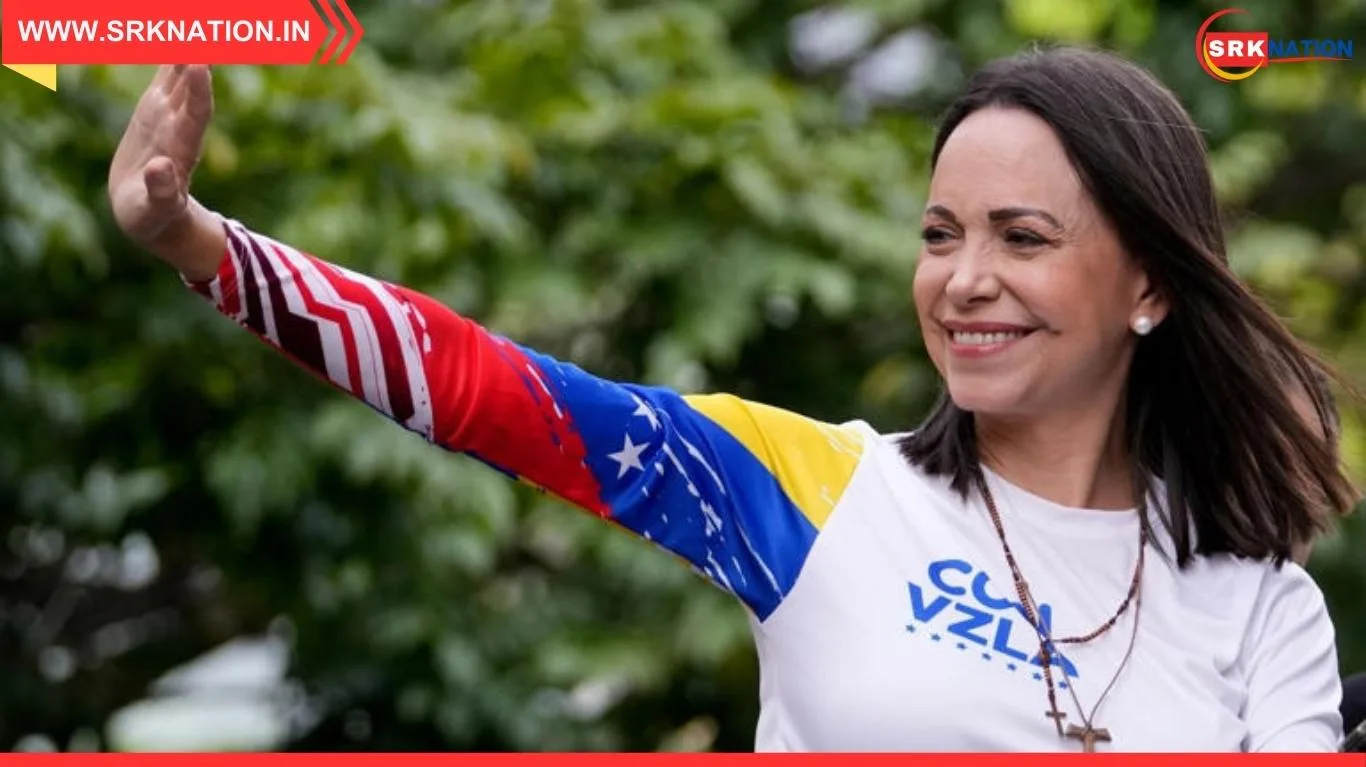Global politics witnessed a dramatic twist as Russian President Vladimir Putin signaled openness to U.S. President Donald Trump’s proposed peace plan for the ongoing conflict in Ukraine, but coupled his acceptance with a stern ultimatum directed at Kyiv. The statement has sparked intense debate across diplomatic circles, media platforms, and among analysts, raising questions about the feasibility of peace, the conditions attached, and the broader implications for international security.
The Russia-Ukraine Conflict And Trump’s Peace Proposal
The war in Ukraine has been one of the most defining geopolitical crises of the decade.
- Conflict Origins: Beginning in 2022, the war escalated into a prolonged confrontation between Russia and Ukraine, drawing in NATO and global powers.
- Trump’s Peace Plan: Recently, President Trump floated a proposal aimed at halting hostilities, focusing on territorial negotiations, security guarantees, and economic reconstruction.
- Putin’s Response: While hinting that he is “fine” with the plan, Putin added a crucial ultimatum—Ukraine must accept certain territorial realities and commit to neutrality.
- Global Reaction: The mixed response has reignited debates about sovereignty, diplomacy, and the balance of power in Europe.
Key Elements Of Trump’s Peace Plan Vs Putin’s Ultimatum
| Aspect | Trump’s Proposal | Putin’s Ultimatum | Implication |
|---|---|---|---|
| Territorial Control | Negotiated settlements | Recognition of Russian-held regions | Ukraine’s sovereignty challenged |
| Security Guarantees | Neutrality with global oversight | Permanent neutrality, no NATO membership | Limits Ukraine’s alliances |
| Economic Aid | Reconstruction support | Dependent on compliance | Conditional recovery |
| Ceasefire | Immediate halt to hostilities | Linked to Ukraine’s concessions | Fragile peace |
| Global Oversight | U.S. and allies monitoring | Russia insists on direct terms | Diplomatic imbalance |
Putin’s Ultimatum Explained
Putin’s conditions for peace include:
- Recognition Of Territories: Ukraine must formally acknowledge Russian control over annexed regions.
- Neutrality Commitment: Kyiv must pledge not to join NATO or any military alliance hostile to Russia.
- Security Guarantees: Russia demands assurances that Ukraine will not host foreign military bases.
- Economic Cooperation: Moscow insists that sanctions relief and trade normalization be part of the deal.
Reactions From Key Stakeholders
| Stakeholder | Reaction | Position |
|---|---|---|
| Ukraine | Rejected ultimatum | Defends sovereignty |
| NATO | Skeptical | Supports Ukraine’s independence |
| U.S. | Divided | Trump pushes plan, officials cautious |
| EU | Concerned | Warns against legitimizing annexations |
| Russia | Firm | Ultimatum seen as non-negotiable |
Why This Development Matters
- Diplomatic Turning Point: Marks the first time Putin has hinted at openness to a U.S.-backed peace plan.
- Sovereignty Debate: Raises questions about Ukraine’s right to self-determination.
- Global Security: Could reshape NATO’s role and Europe’s defense posture.
- Economic Impact: A peace deal could influence global markets, energy supplies, and trade flows.
- Public Perception: Citizens in Ukraine and Russia remain deeply divided on the prospect of compromise.
Expert Opinions
- Political Analysts: Stress that Putin’s ultimatum undermines the spirit of Trump’s peace plan.
- Diplomats: Warn that legitimizing territorial annexations sets a dangerous precedent.
- Economists: Note that sanctions relief tied to compliance could reshape global trade.
- Military Experts: Highlight that neutrality demands weaken Ukraine’s defense capabilities.
Public Sentiment
- Ukrainian Citizens: Strongly oppose concessions, viewing them as betrayal.
- Russian Supporters: Applaud Putin’s firmness, seeing it as safeguarding national interests.
- Global Observers: Divided between hope for peace and concern over fairness.
- Social Media: Buzzing with debates, memes, and polarized commentary on the ultimatum.
Challenges Ahead
The path to peace remains fraught with obstacles:
- Ukraine’s Resistance: Kyiv refuses to compromise on sovereignty.
- NATO’s Role: Alliance members are unlikely to accept neutrality conditions.
- Global Trust Deficit: Skepticism about Russia’s adherence to agreements.
- Domestic Politics: Trump’s plan faces scrutiny within the U.S. political system.
Future Outlook
- Short-Term: Diplomatic negotiations may intensify, but stalemate likely continues.
- Medium-Term: Economic pressures could push stakeholders toward compromise.
- Long-Term: The outcome will shape Europe’s security architecture for decades.
- Global Impact: The deal, if reached, could redefine U.S.-Russia relations and NATO’s future.
Conclusion
The hint by Vladimir Putin that he is fine with Trump’s peace plan, coupled with an ultimatum for Ukraine, represents a pivotal moment in the ongoing conflict. While the gesture signals potential openness to dialogue, the conditions attached raise serious concerns about sovereignty, fairness, and long-term stability.
For Ukraine, the ultimatum is seen as unacceptable. For Russia, it is framed as essential. For the world, it is a reminder that peace is possible, but only if diplomacy can balance power with principles.
Disclaimer: This article is based on publicly available political updates, expert commentary, and media reports. Readers are advised to follow official government statements and verified diplomatic sources for detailed information.

